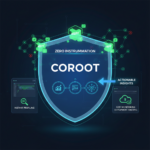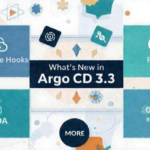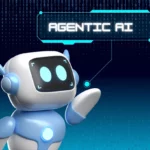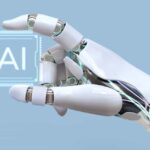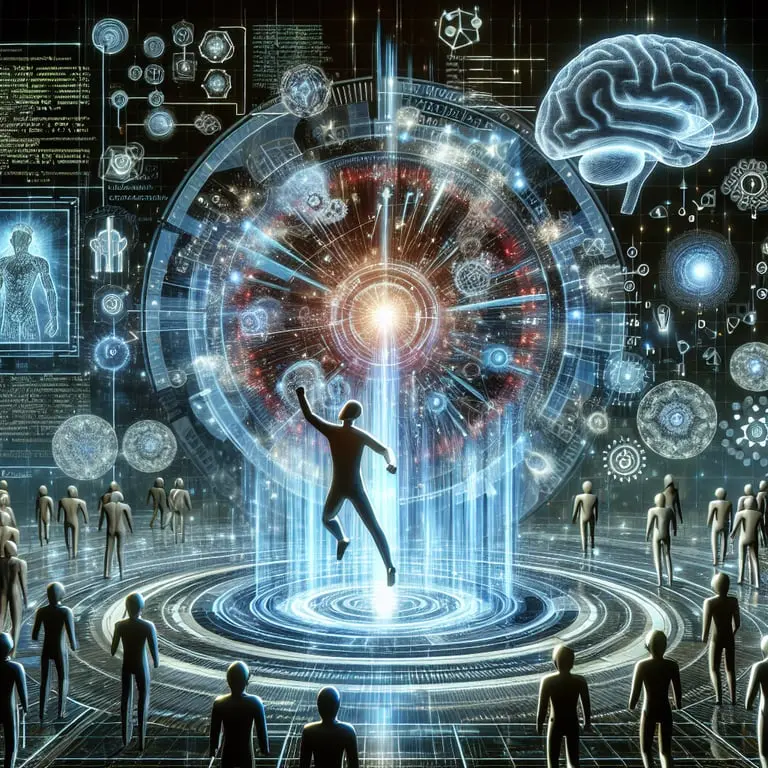
Behind the Scenes: How Anthropic Built a Multi-Agent Research System Using Claude AI
In a world increasingly shaped by artificial intelligence, one of the most fascinating frontiers is the shift from single-agent AI systems to multi-agent collaborative frameworks. On June 13, 2025, Anthropic offered a detailed and elegantly engineered walkthrough of their newest innovation—a multi-agent research system powered by multiple Claude agents. This system doesn’t just answer complex queries; it dissects them, explores each angle with depth, and fuses the results into insightful, trustworthy answers.
This blog takes a deep dive into how Anthropic designed, built, and refined this architecture—and why it could define the future of AI-driven reasoning.
The Research Challenge: Why One Agent Isn’t Enough
Most of today’s AI assistants are built around a single agent—a model prompted to answer questions, search the web, or write content. But what happens when the question becomes too complex? What if the problem branches into multiple interdependent directions?
Take this example:
“What are the geopolitical, economic, and environmental risks associated with deep-sea mining?”
This question isn’t linear. A single model, constrained by one context window and a sequential reasoning path, may struggle to handle all facets thoroughly. It might focus on one area, ignore others, or offer superficial coverage. This is where multi-agent systems come in.
Anthropic’s Solution: Orchestrating Claude Agents
Anthropic’s research system is designed around the principle of decentralized intelligence. Rather than a single monolithic model attempting to do it all, the system:
- Deploys a Lead Claude Agent
This agent is responsible for planning. It breaks down the input query into sub-questions or research paths, decides how to investigate them, and delegates. - Spawns Specialized Subagents
Each subagent is given a specific aspect of the query to explore. These agents work in parallel, not one after the other. They search, reason, and cite sources independently. - Synthesizes Results into Unified Output
Once the subagents complete their tasks, the lead agent regathers the findings. It then condenses and structures the results into a single, coherent, well-cited response.
This design mimics how human research teams operate—assigning team members to explore different areas and bringing findings together for a complete picture.
Why Multi-Agent Architecture Matters
The decision to move from single to multiple agents isn’t just about distributing work—it’s a strategic answer to some critical limitations in large language models.
1. Expanded Context via Multiple Windows
Each Claude agent has a finite context window—how much information it can “see” at once. By running several agents in parallel, each with its own context window, the system can collectively process far more information than a single agent ever could.
Anthropic measured that token volume alone accounted for around 80% of success in benchmarks like BrowseComp (a browsing and comprehension task). Introducing subagents pushed the system’s performance to 90.2% better than a single Claude Opus 4 on internal metrics.
2. Faster Execution Through Parallelism
When agents operate independently and concurrently, wall-clock time shrinks. Searches, tool calls, and intermediate reasoning don’t bottleneck one another. This parallel processing results in:
- Quicker responses
- More comprehensive coverage
- Lower latency in production settings
3. Scalability and Modularity
As queries become more complex, the system can scale by simply spawning more subagents. Each agent is a modular unit of intelligence—tasked, prompted, and orchestrated by the lead without overwhelming the system.
Engineering the System: What Went Into It
Anthropic’s blog also highlights the core engineering pillars behind the system:
1. Prompt Design for Role-Based Intelligence
Each subagent receives a customized prompt containing:
- A narrowed sub-question
- Context from previous steps
- Access to specific tools
- Instructions on how to format the answer
This focused prompt design ensures each agent behaves like a specialist, not a generalist.
2. Tool Integration
Subagents aren’t just generating language—they’re using tools. These might include:
- Web search APIs
- Retrieval-augmented generation (RAG) systems
- Calculators
- Knowledge base lookups
This hybrid approach (language + tools) ensures accuracy and verification, especially in knowledge-heavy domains.
3. Aggregation and Reasoning
One of the hardest parts of any multi-agent system is bringing it all together. Anthropic’s lead agent performs:
- Deduplication of overlapping answers
- Conflict resolution across contradictory findings
- Source citation for transparency
- Summary generation for end-user clarity
The result is a research-grade answer, curated by a digital team of AI collaborators.
Evaluation and Real-World Lessons
Deploying this system at scale meant dealing with several production challenges:
- Evaluation Metrics: Beyond accuracy, responses had to be judged on completeness, reliability, citation fidelity, and format coherence.
- Orchestration Complexity: Managing agent lifecycles, memory states, tool use, and API costs required tight infrastructure tuning.
- Cost and Latency Optimization: Anthropic implemented dynamic resource allocation to manage compute usage without degrading performance.
The Future of AI Research Systems
Anthropic’s multi-agent system isn’t just an experiment—it’s a working proof-of-concept that AI systems can function like autonomous teams, not just solo assistants. It brings AI closer to:
- True collaborative intelligence
- Autonomous research loops
- Reliable AI fact-finding at scale
This model lays a foundation for future applications in law, medicine, policy, and education—domains where the quality of research matters as much as speed.
Final Thoughts: Rethinking Intelligence as a Team Sport
The elegance of Anthropic’s design lies in its embrace of decentralization and collaboration. Instead of pushing one model to its limits, they distribute the load—and the intelligence—across a team of agents, each optimized for their role.
As more organizations experiment with multi-agent systems, Anthropic’s work sets a new gold standard. It’s not just how we build agents—it’s how we coordinate them, guide them, and get them to think together that will define the next era of AI.
Follow us for more Updates

